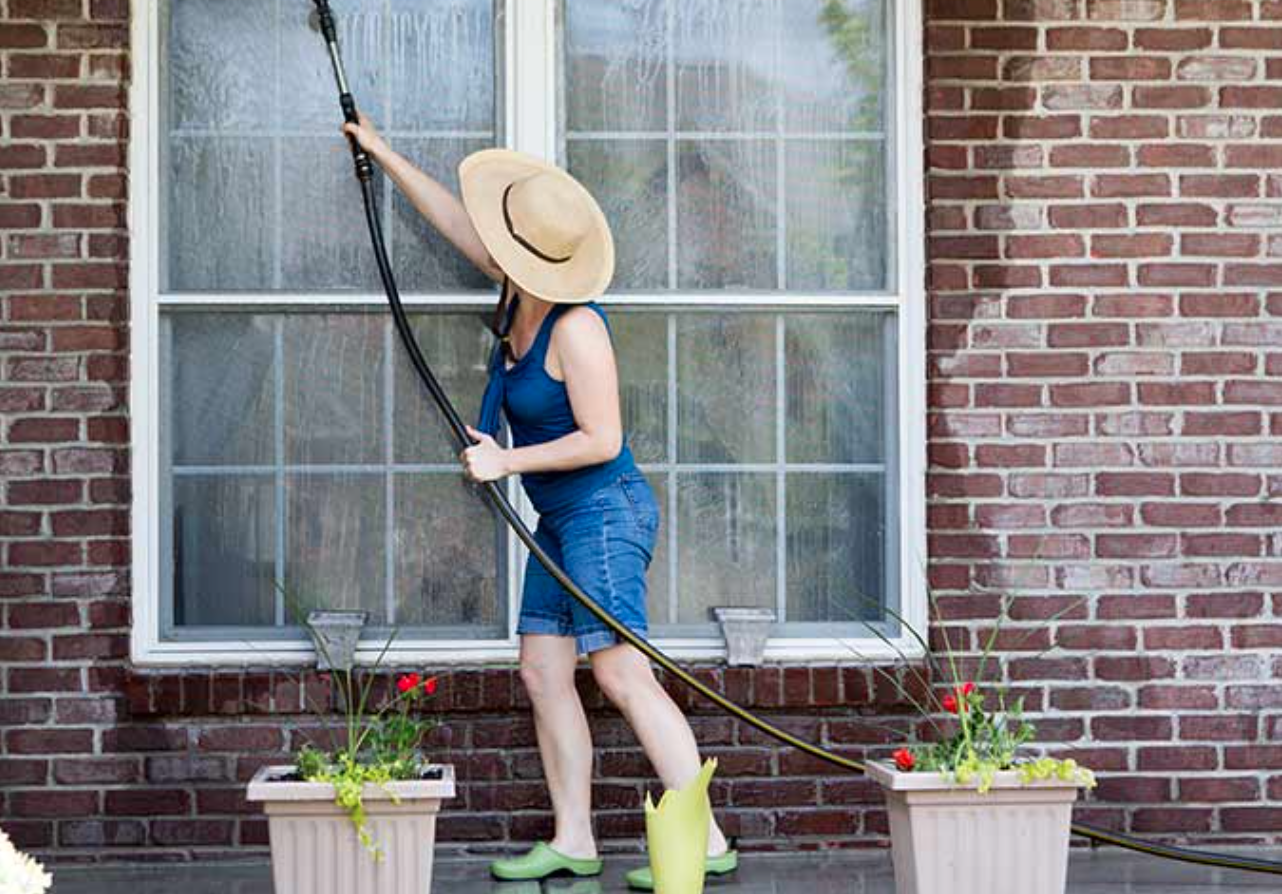As the sun climbs higher and days stretch longer, summer invites us to make the most of our homes both inside and out. However, before fully embracing the season’s pleasures, homeowners should perform thorough maintenance checks to ensure their living spaces remain safe, comfortable, and damage-free. After winter’s harsh conditions, many homes require attention to prevent small issues from developing into costly problems. This checklist will guide you through essential summer home maintenance tasks that protect your investment while enhancing your seasonal enjoyment.
Essential Summer Home Maintenance Tasks
Interior home maintenance should begin with a security check of all entry points. Examine door locks to confirm they latch securely, and test window locks throughout your home to identify any that might need adjustment or replacement. While conducting these inspections, carefully examine all electrical outlets and cords for potential hazards such as frayed wires or loose connections.
Remember that extension cords and power strips are temporary solutions only and should never become permanent fixtures in your electrical setup – this represents a significant fire hazard during summer months when electrical systems may work harder.
Your summer inspection should also include a thorough examination of all plumbing connections. Check toilets for leaks or float valve issues, inspect washing machine hoses for wear or leakage, and examine all visible pipes for potential problems. These simple checks can prevent devastating water damage that might otherwise ruin your summer.
Don’t overlook your home’s ventilation systems either – clean or replace furnace filters to reduce fire hazards and improve air quality, and thoroughly clean dryer vents and lint traps, including the space beneath your dryer, which often collects dangerous lint buildup that can trigger fires during the heavy-use summer months.
Exterior maintenance deserves equal attention as you prepare for summer enjoyment. Begin by carefully examining all wooden structures on your property, including decks, porches, and steps. Look for signs of rot, deterioration, loose boards, or protruding nails that could cause injuries during summer activities. After winter’s harsh conditions, these structures often require repairs or replacements to remain safe for the increased traffic they’ll experience during summer gatherings and everyday use.
Don’t overlook recreational equipment that will see increased use during summer months. Swing sets, trampolines, and other outdoor play equipment should be inspected for rusty bolts, sharp edges, stability issues, and general operational safety. Additionally, take a careful walk around your home, examining windows, doors, and their frames for damage or deterioration that winter may have caused.
This is also a good time to schedule a professional roof inspection – roofing experts can identify potential leakage areas before summer storms arrive, preventing interior water damage that could disrupt your seasonal enjoyment and lead to costly repairs during peak contractor demand periods.
Addressing Winter Damage
The transition from winter to summer represents a critical opportunity to identify and address damage inflicted during the colder months. Winter’s freeze-thaw cycles, snow accumulation, and harsh winds can compromise numerous aspects of your home’s structure and systems. Early summer inspections allow homeowners to catch these issues before they worsen under summer’s heat and humidity.
Begin by examining your home’s foundation for new cracks or shifting that may have occurred during winter freeze-thaw cycles. Inside, check ceilings and walls for water stains that might indicate roof leaks or ice dam damage that occurred during winter but remained unnoticed until now.
Water damage represents one of winter’s most common legacies, affecting everything from basement spaces to roofing systems. Thoroughly examine basement walls and floors for dampness or efflorescence (white, powdery mineral deposits) that signal water intrusion. Outside, inspect gutters and downspouts for damage or misalignment caused by ice and snow weight – proper drainage is essential for preventing foundation issues during summer thunderstorms.
Don’t forget to check exterior siding, trim, and paint for peeling, cracking, or other damage that winter weather may have accelerated. Addressing these issues promptly not only preserves your home’s value but ensures both indoor and outdoor spaces remain comfortable and functional throughout the summer months when you’ll want to enjoy them most.
By addressing winter damage early in the summer season, homeowners can prevent minor issues from developing into major repairs. For instance, small roof leaks identified and fixed in early summer won’t have the opportunity to create extensive interior water damage during late summer thunderstorms.
Similarly, catching and repairing damaged window seals means improved energy efficiency during air conditioning season, leading to lower utility bills and more comfortable indoor environments. Remember that professional contractors often become increasingly busy as summer progresses, so scheduling necessary repairs early ensures faster service at potentially lower rates while maximizing your ability to fully enjoy your home during the prime summer months ahead.






